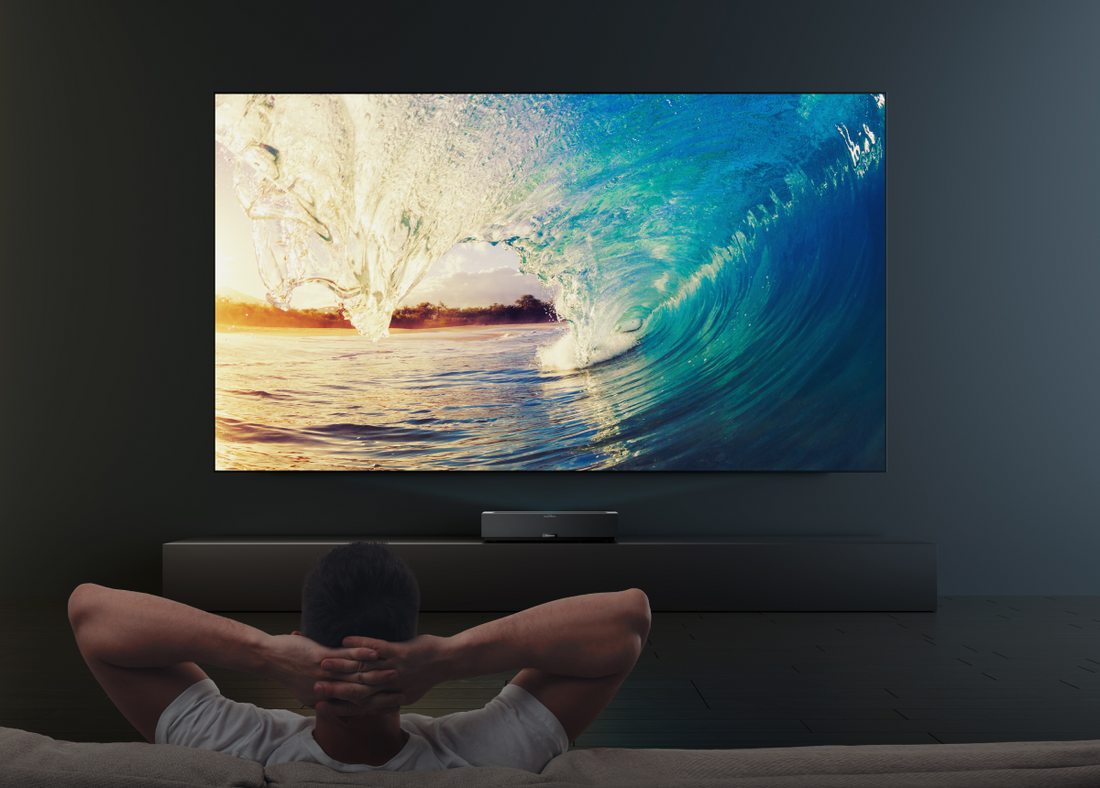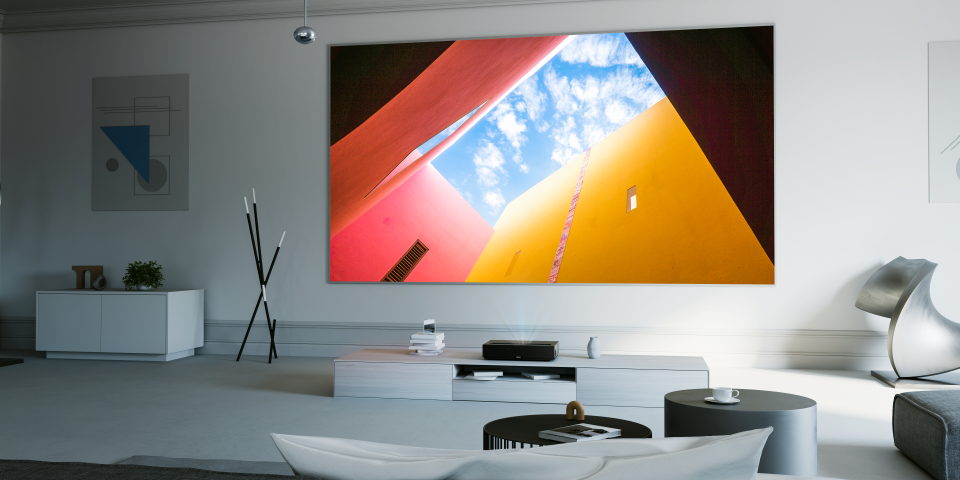What Is HDR and How Does It Make Your Projector Better?

Let’s face it, unless you’re a tech pro or enthusiast, it’s almost impossible to learn all the features and specs in a projector before making that all important decision to purchase. Many of the specs seem like repetitions of each other, and “HD” can refer to a lot of things depending on whether it has a prefix or a suffix. But that’s what we're here for: to explain all those little details so you know what to look out for when buying, and to help you better understand the projector you already have so you can get the most out of it.
Today we’ll be exploring the difference between HDR and UHD, as well as how the HDR capabilities in your projector make the viewing experience better. By the end of this article, you’ll have a better idea of why the Formovie THEATER is the best projector for you if high dynamic range is something you value.
What Is the Difference Between HDR and UHD?
High Dynamic Range (HDR) and Ultra High Definition (UHD) are two aspects of display technology that enhance the viewing experience in different ways. To answer the question simply, HDR refers to the display’s color and contrast abilities, while UHD speaks more to the resolution of the display. Let’s dive deeper:
High Dynamic Range
HDR refers to a projector's ability to reproduce a wider range of brightness levels and colors compared to a projector without, also known as Standard Dynamic Range (SDR). HDR enhances the viewing experience by providing greater detail in both shadowed and highlighted areas on a display, resulting in color reproduction that’s more natural to the human eye for lifelike and immersive images. HDR is the feature that allows you to experience different shades of the same color more accurately, so you can identify a new sweater from an old one in a movie scene.

Image Source: AVS Forum
SDR is more commonly found in older projectors and TVs, the ones with a dull display and hardly any range between reds and oranges. This is because the contrast between brightness and darkness in SDR displays is very limited, resulting in a near monotonous image.
Ultra High Definition
On the other hand, UHD and resolution in general is independent of HDR and refers solely to the number of pixels displayed on the screen. ProjectorScreen.com explains that all displays are made up of thousands or millions of tiny dots known as pixels. The basic rule of thumb is that the more pixels your display has, the clearer the image will be. Pixels are responsible for the sharpness and clarity of the image, whether it’s in black & white or color.
Combined with the color accuracy and range of contrast delivered by HDR, ultra-high definition displays offer the most realistic reproduction of content whether you’re watching movies or playing video games. The Formovie THEATER possesses the best of both UHD and HDR capabilities, boasting a 4K UHD resolution and Dolby Vision.
What’s the Best HDR Format?
HDR is one of the most common features found in mid to high end projectors like the Formovie THEATER, and there are three main types of dynamic range formats that you’re likely to encounter. The Formovie THEATER is one of the first UST projectors with certified Dolby Vision and Dolby ATMOS, and can process all three dynamic range formats with ease.
While various HDR formats do exist, HDR10, HDR10+, and Dolby Vision stand out as the most commonly utilized ones. It’s important to note that to achieve the optimal display in HDR, the projector should at least be able to support a Rec.2020 color gamut, and have no less than 100 nits of brightness.
HDR10
HDR10 is a type of High Dynamic Range (HDR) format used in the production and display of video content. It’s called HDR10 because it supports a 10-bit color depth, allowing for more vibrant and lifelike colors. This format enhances the contrast and brightness levels in videos, resulting in a more dynamic and visually stunning viewing experience.
HDR10+
HDR 10+ is a dynamic range format developed by Samsung, Panasonic, and 20th Century Fox as a license-free alternative to Dolby Vision. It resembles Dolby Vision more closely than HDR 10 by adjusting lighting and contrast for each scene individually rather than applying a standardized adjustment across the entire video like HDR10.
Dolby Vision
Crafted by Dolby to deliver vivid details and sharp contrast, Dolby Vision is one of the leading HDR technologies currently available. Its primary goal is to accurately reproduce captured images by fine-tuning the lighting and contrast in a video scene by scene with the use of dynamic metadata. Metadata is like a set of instructions, or a manual that describes different details about the content to the processor for the most accurate reproduction.
Unlock Cinematic Brilliance
Whether you’re a casual viewer or an avid movie watcher, a projector like the Formovie THEATER is one of the most affordable ways to unlock the display brilliance of HDR, and especially Dolby Vision. As of April 2024, the Formovie THEATER is still considered the number one Dolby Vision UST projectors on the market by Projector Central, even compared to newer models like the BenQ V5000i.
We hope that you have a better understanding of the brilliance within the Formovie THEATER. Leave us a comment on our social media platforms or drop us an email if you’d like to learn more about the features and specs on your Formovie projector.

